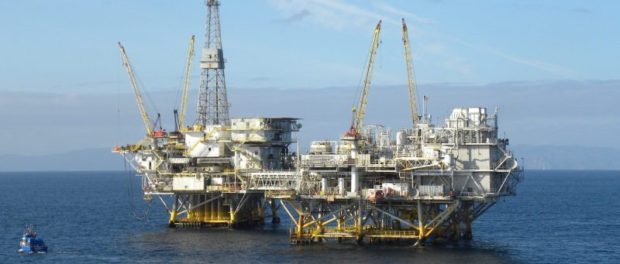Guyana jumps into World’s top 20 oil reserves and 4th in the Americas
Get our headlines on WHATSAPP: 1) Save +1 (869) 665-9125 to your contact list. 2) Send a WhatsApp message to that number so we can add you 3) Send your news, photos/videos to times.caribbean@gmail.com


WEEKEND EDITORIAL
TORONTO – ExxonMobil’s sharp revision of Guyana’s proven oil reserves on the Stabroek Block offshore, from 6 billion barrels oil equivalent to more than 8.0 billion barrels this week, is not only significant because of the quantity, but because Guyana seems to be on the verge of reshaping Western strategic geo-political and economic priorities.
Latest unofficial figures show that Venezuela has about 300.90 billion barrels of proven oil reserves; Canada, 169.70 billion barrels; the United States, 36.50 billion barrels; Brazil, 13.0 billion barrels and Guyana, more much than 8.0 billion barrels when the new discovery at the Uaru well on the Stabroek Block in January 2020, is added.
“The new recoverable resource estimate includes 15 discoveries offshore Guyana through year-end 2019. The Uaru discovery is the first of 2020 and will be added to the resource estimate at a later date,” ExxonMobil said in a statement to announce the 16th discovery on Guyana’s Stabroek Block.
Guyana could be tied with Angola and Ecuador which both are at number 17 in the top 20 world oil reserves with about 8,273,000,000 barrels each, or it could dethrone these two countries to claim the number 17 spot in the world’s top 20 oil reserves if Uaru’s resources prove to be massive, research by Guyana Petroleum Digest suggests.
There is no doubt that with the high level of oil investment by US Oil Major ExxonMobil, in Guyana, that the United States will surely be monitoring Guyana closely in relation to its territorial controversy with Venezuela, and any threats the Spanish-speaking neighbour to the west may pose to ExxonMobil’s assets by the Maduro regime, or any future Venezuelan government.
While Guyana is only 215,000 square kilometres or 83,000 square miles, with a population of about 780,000, its proven oil reserves, in under five years, have surpassed 8 billion barrels when the latest discovery at the Uaru well, on the #Stabroek Block is taken into consideration – following on the heels of neighbouring Brazil’s 13 billion barrels.
The Stabroek Block is 6.6 million acres (26,800 square kilometers). ExxonMobil affiliate Esso Exploration and Production Guyana Limited is operator and holds 45 percent interest. Hess Guyana Exploration Limited, holds 30 percent interest and CNOOC Petroleum Guyana Limited, a wholly-owned subsidiary of CNOOC Limited, holds 25 percent interest.
Noteworthy, is the fact that Brazil, Guyana’s largest sister country on the South American continent, is 8.5 million square kilometres or 3.2 million square miles with a population of 208 million people and has proven oil reserves of 13 billion barrels of oil while Guyana has more than 8 billion barrels of reserves with less than a million people.
Neil Henson, ExxonMobil’s Vice President Investor Relations said while commenting on the company’s 4th quarter results on Friday, that the Liza Phase 1 field on the Stabroek Block achieved ‘first oil‘ in under five years, which is significantly ahead of the industry standard of nine years.
Many experts have predicted that Guyana could become the new Qatar of the world if the the country’s fairy tale oil wealth is managed properly. Ironically, the benchmark one has to look at is not the level of oil reserves that a country might have, but daily production in terms of barrels of oil against the size of its population.
No other country in the world will have a per capita oil production as high as Guyana’s come 2025 when the ExxonMobil-Hess-CNOOC consortium, will be producing more than 750,000 barrels of oil per day on the Stabroek Block when Liza Phase 1, Liza Phase 2 and the Payara Field are up and running at full capacity.
Industry experts believe that Guyana’s oil production could reach 1.5 million barrels oil per day by the end of the decade when other companies exploring for oil in Guyana are at full production.
Guyana commenced oil production on December 20, 2019 at the Liza Phase 1 field offshore utilizing the floating production, storage and offloading (FPSO) vessel Liza Destiny which has a capacity to process 120,000 barrels of #oil per day.
The Liza Unity FPSO will be added to the Liza Phase 2 field in 2022 producing 220,000 barrels of oil per day, followed by the Liza Prosperity FPSO in 2023, also producing 220,000 barrels of oil per day.
Leave a comment
You must be logged in to post a comment.